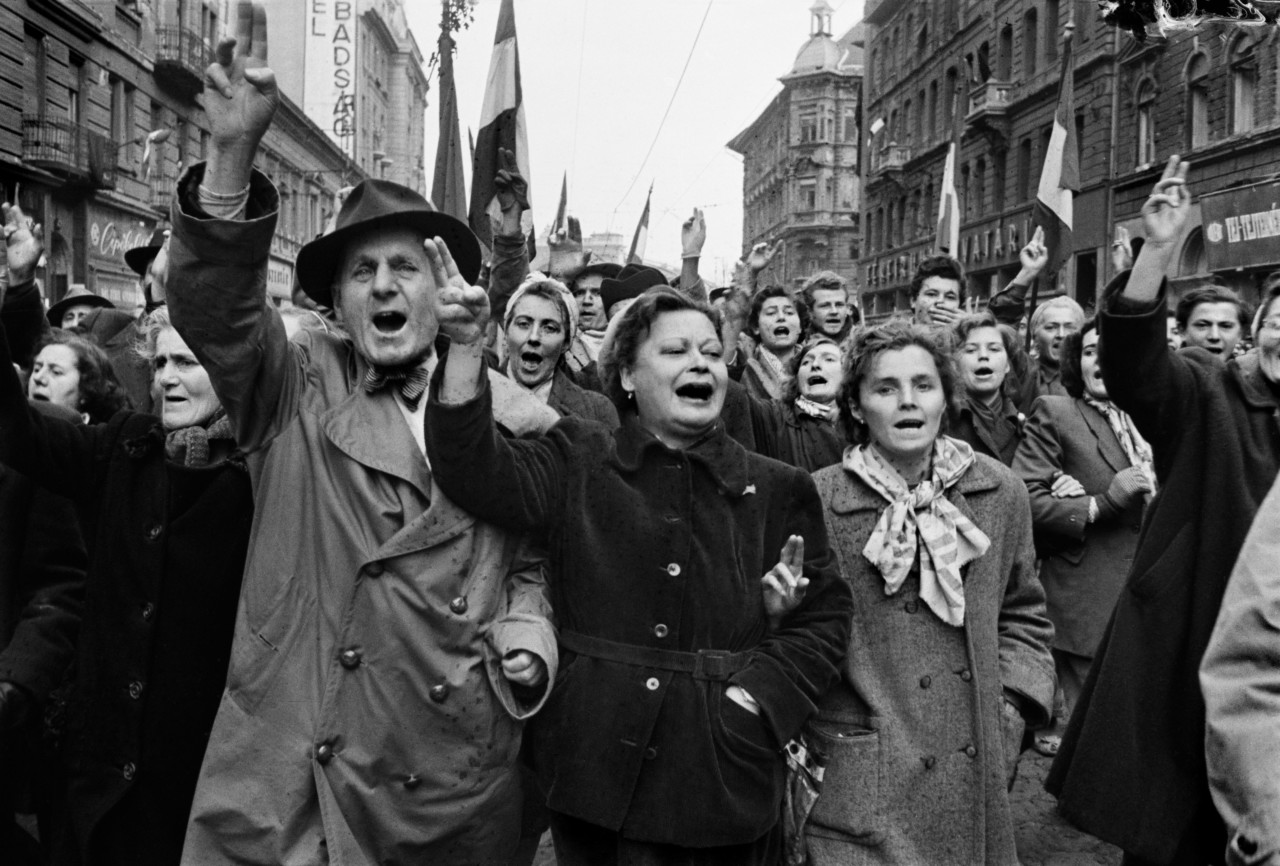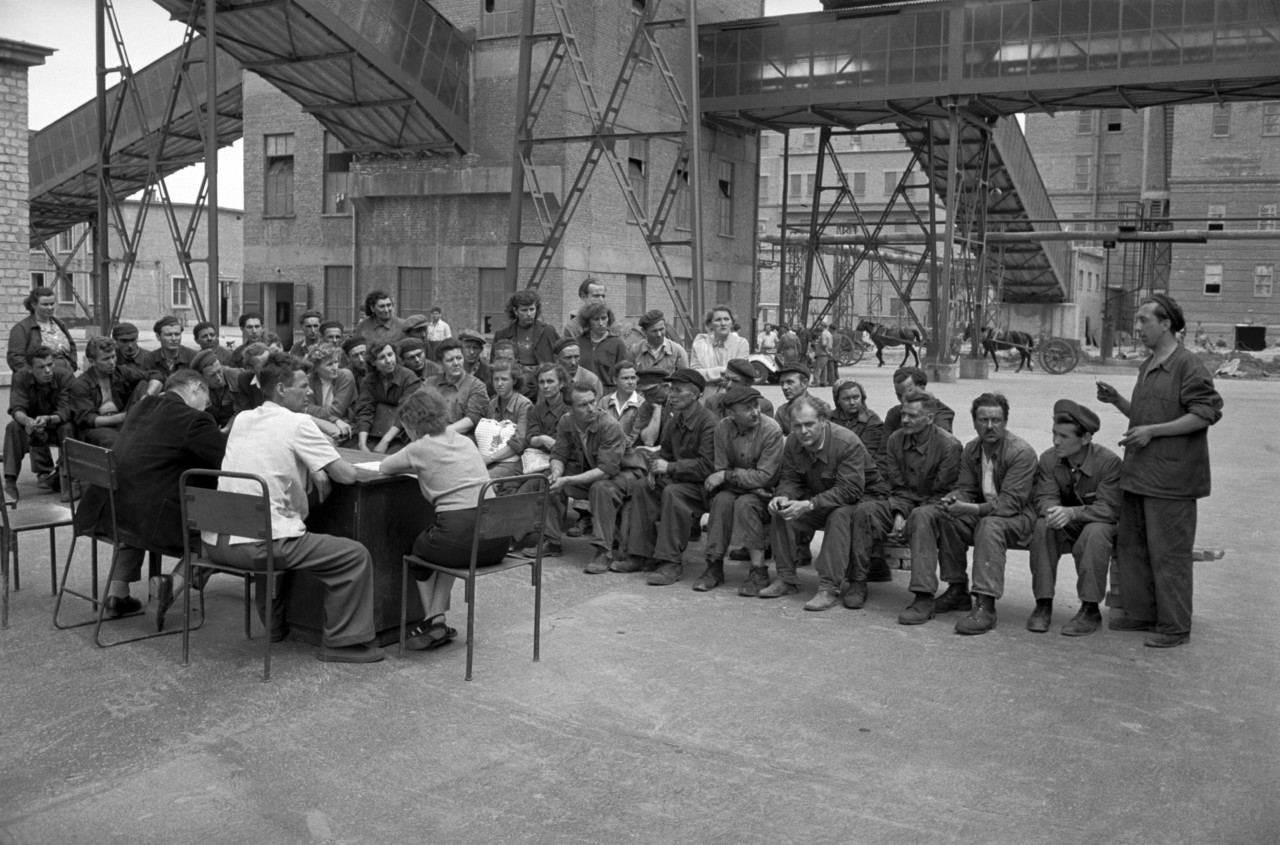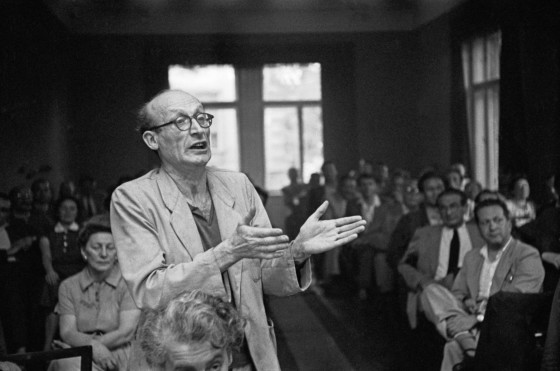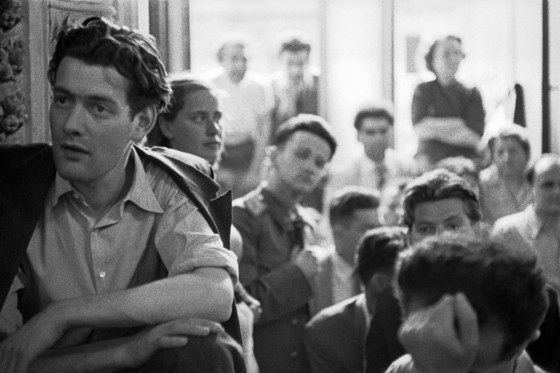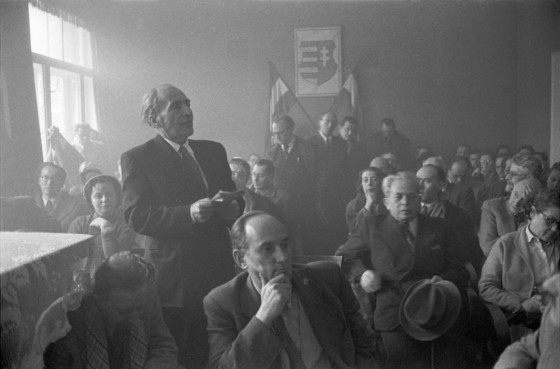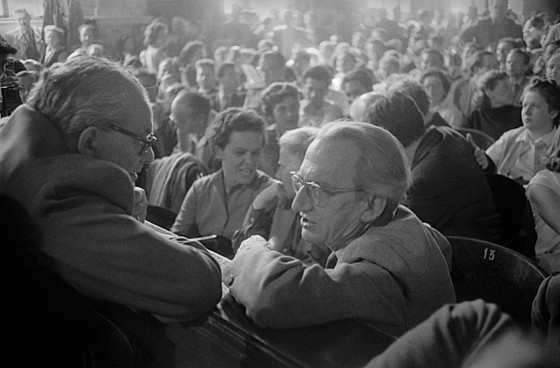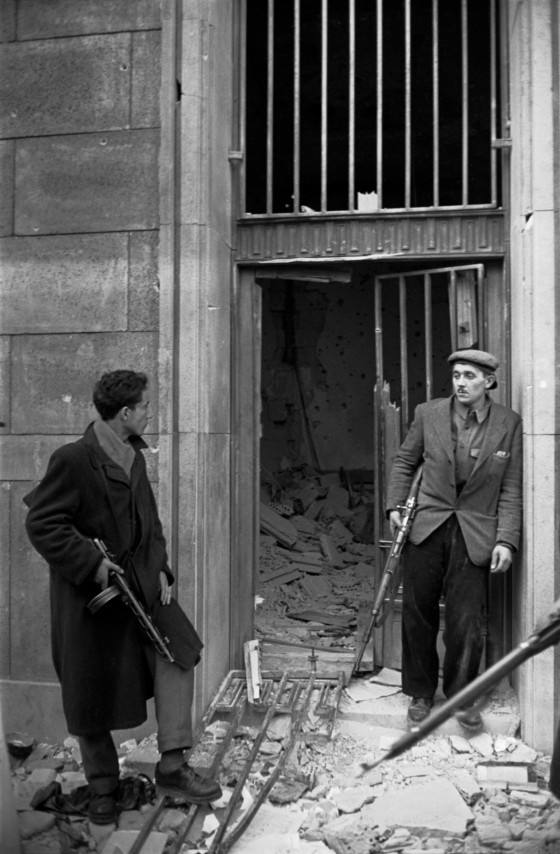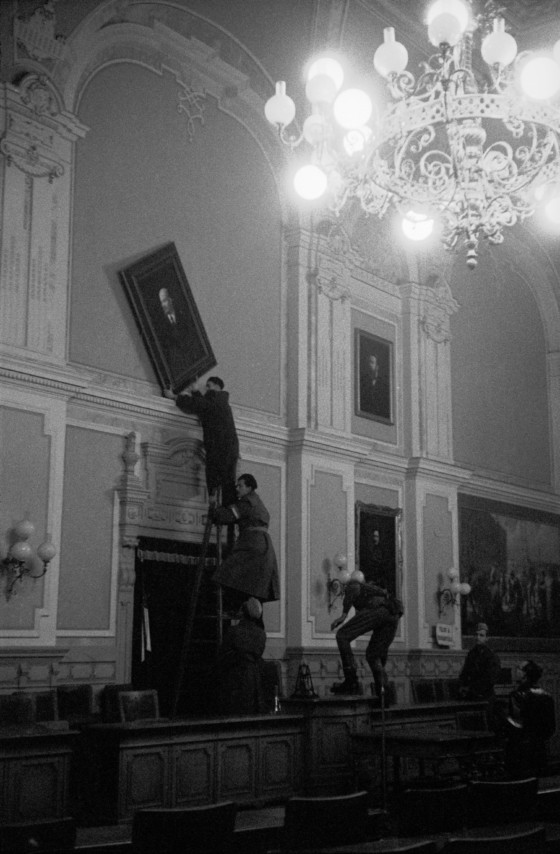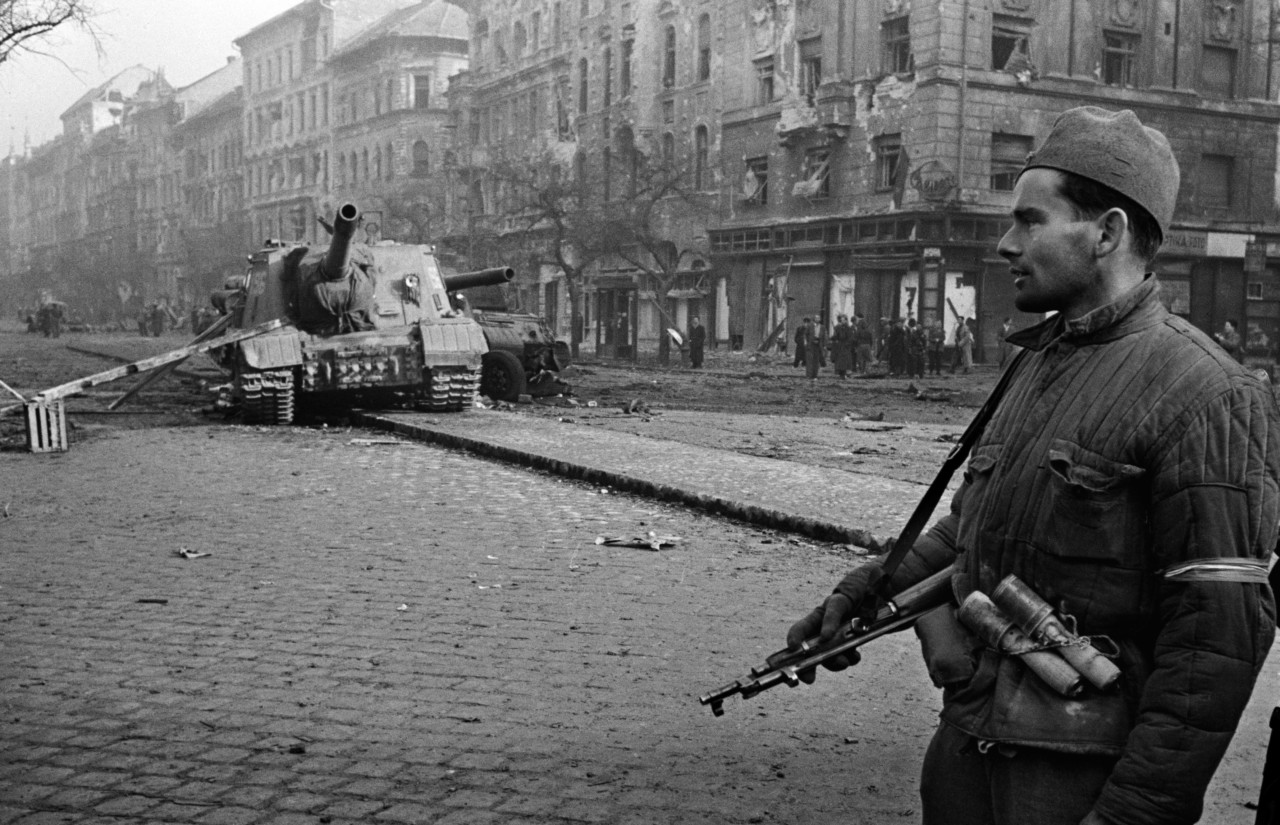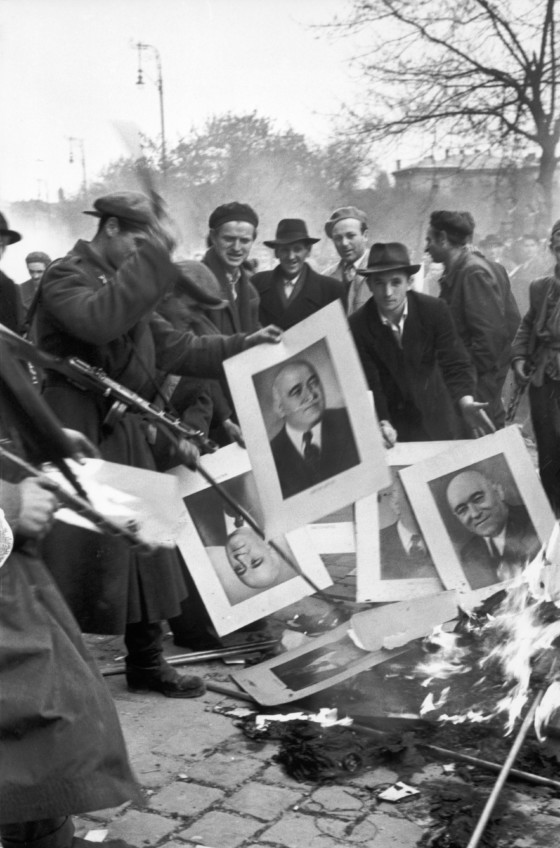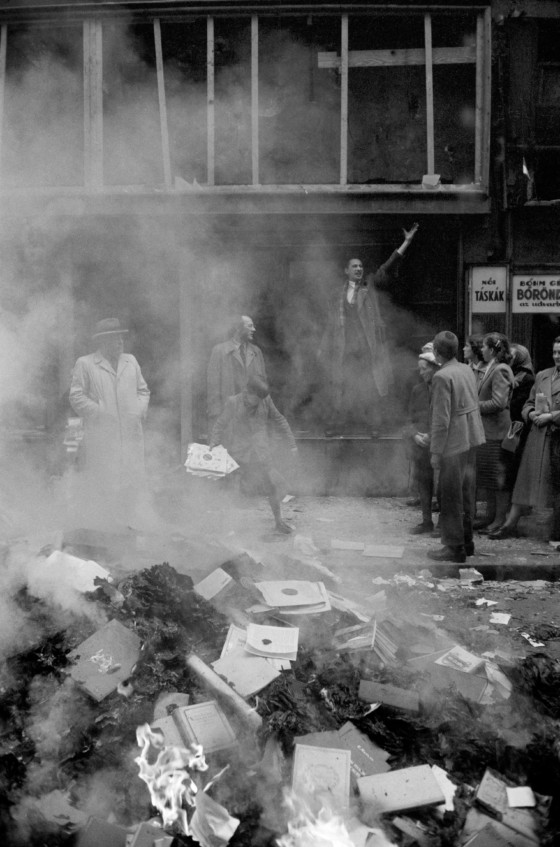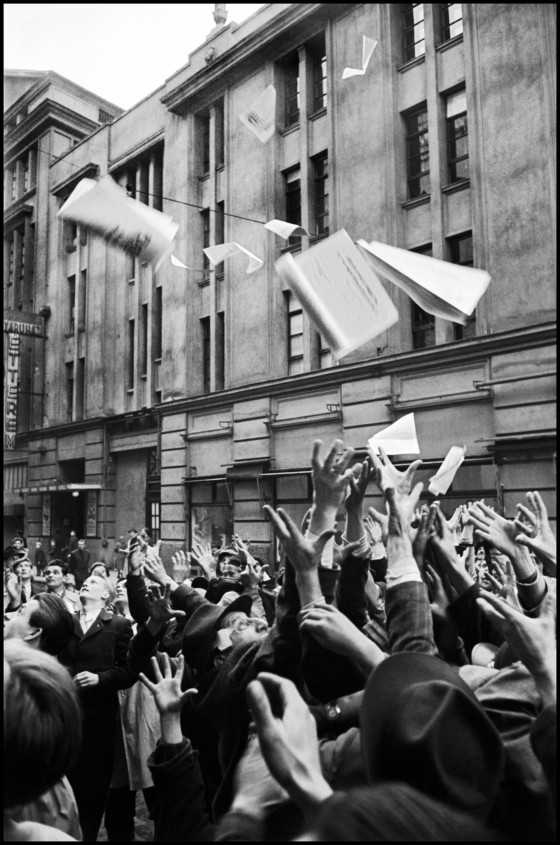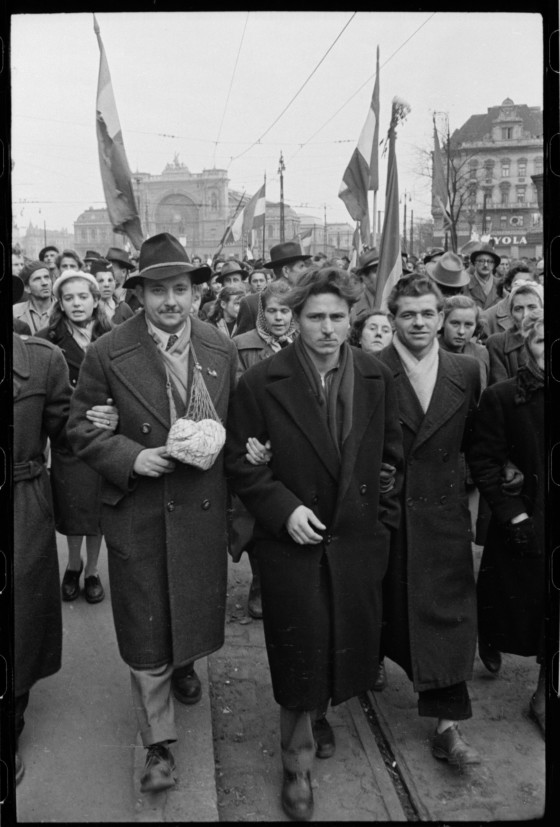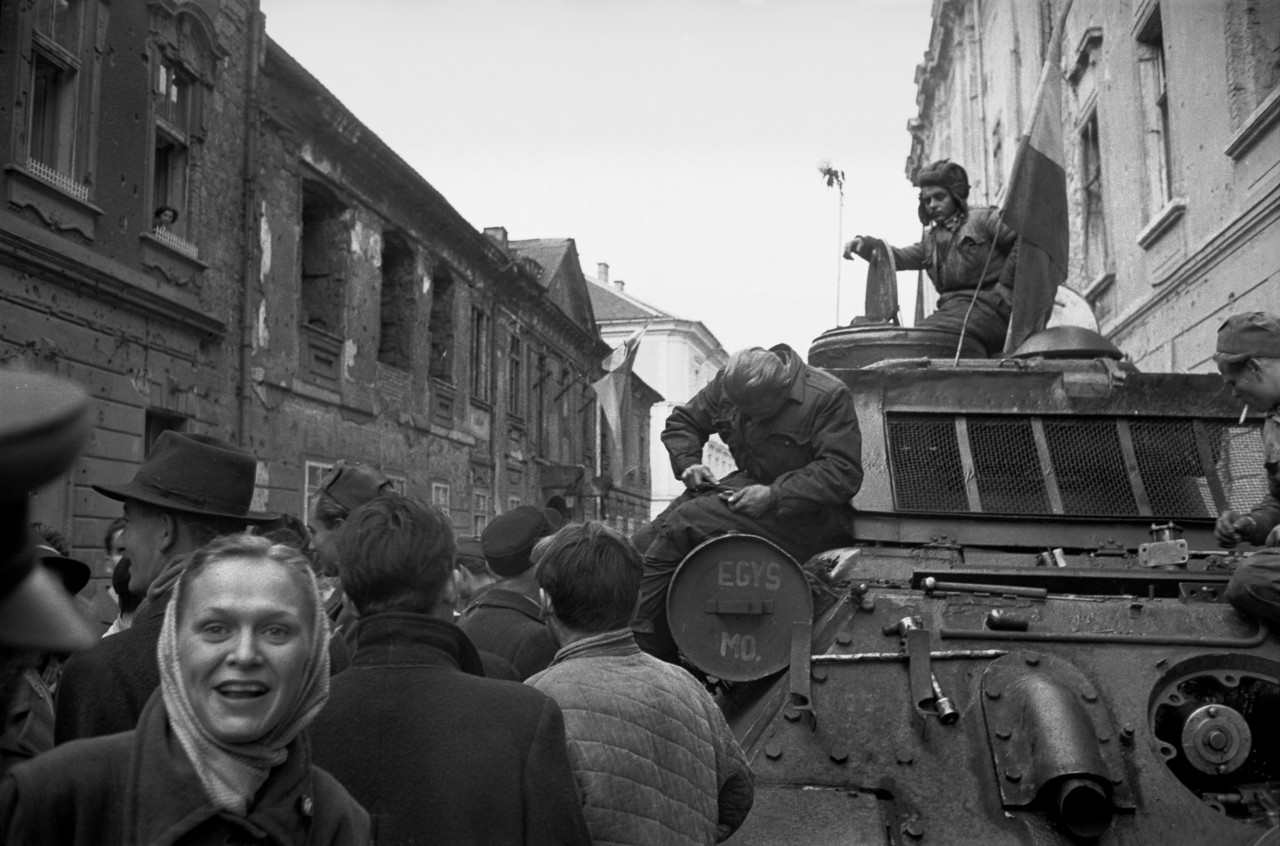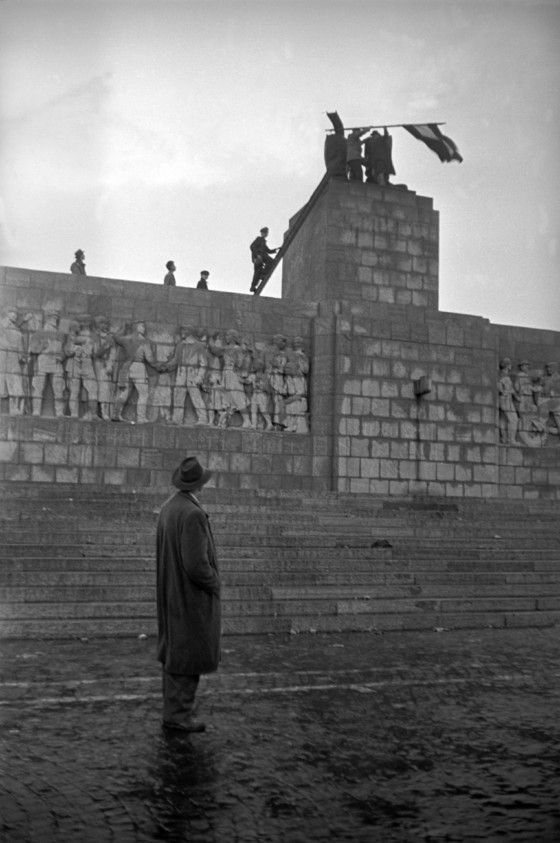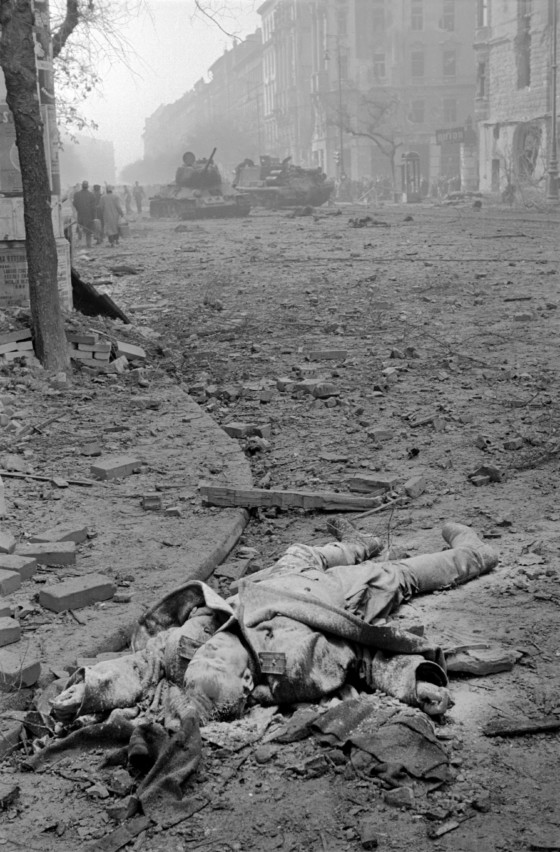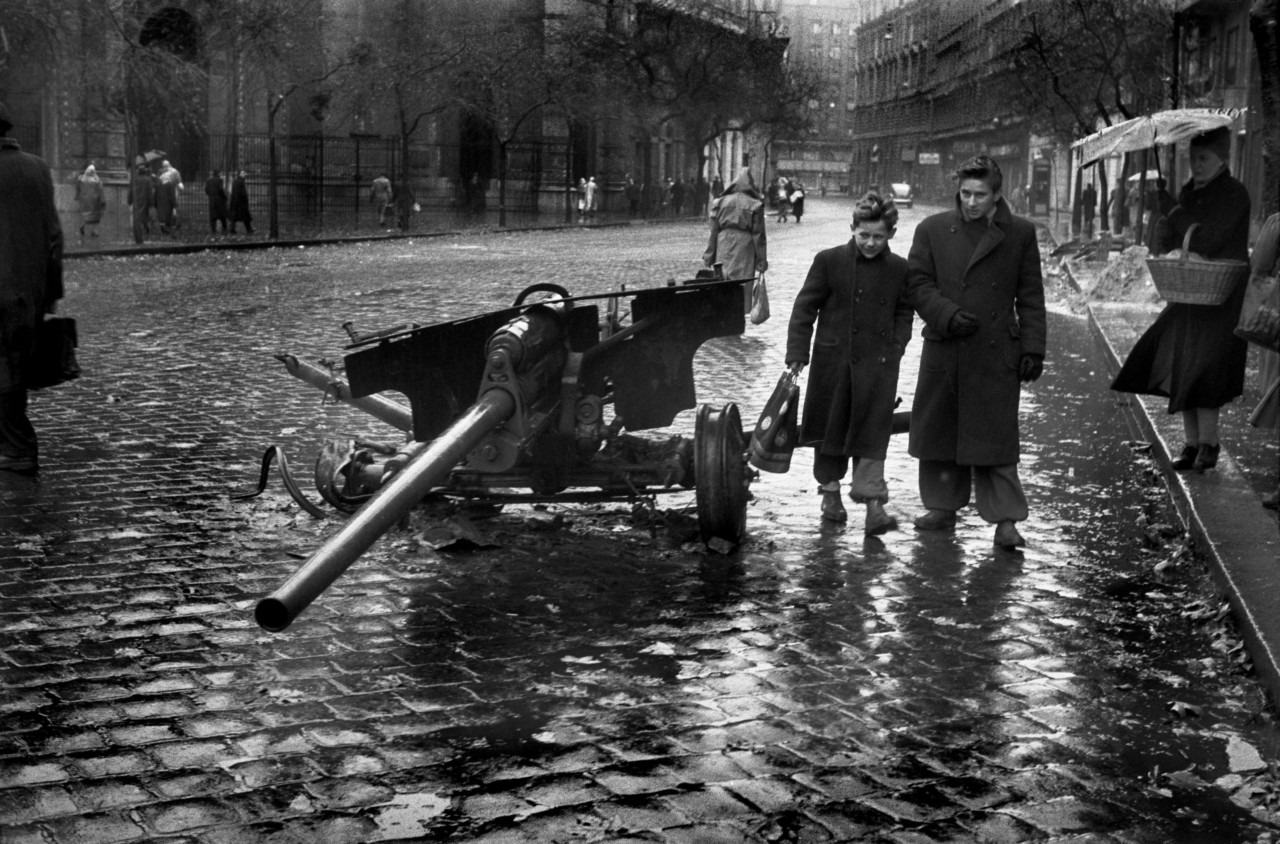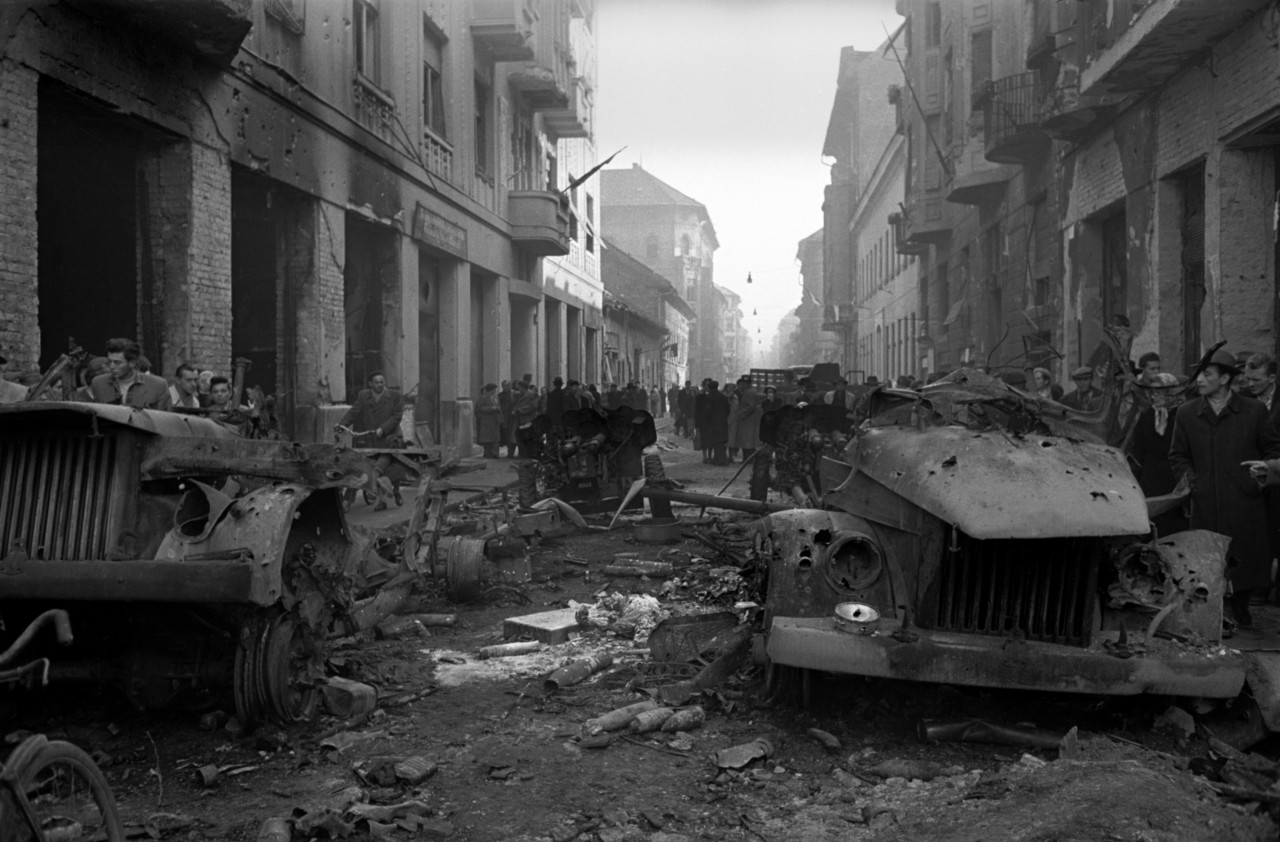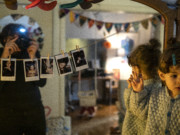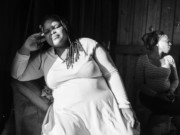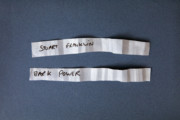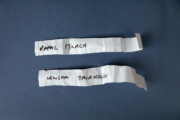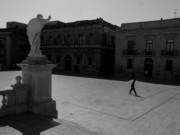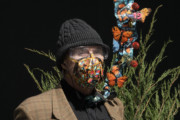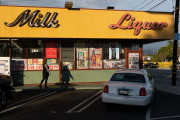The Hungarian Revolution
Erich Lessing’s documentation of the 1956 Hungarian Revolution offers an unparalleled insight into the realities of the revolt
“I think we should record whatever we see, whether we like it or not,” wrote Erich Lessing, one of Magnum’s earliest members. Revered for his ability to capture fleeting moments of history, his documentation of the Hungarian Revolution is unparalleled in both its scope and power. The first photographer to arrive in Budapest where the revolt began, Lessing stayed to photograph its duration and aftermath. The photo-essay was a defining moment in his photographic career, however the extent of the suffering he witnessed also caused Lessing to question the purpose of war photography and he went on to steer clear from documenting conflict for the rest of his life.
"I think we should record whatever we see, whether we like it or not"
- Erich Lessing
Soon after the end of World War II, the Soviet Union seized control of defeated Eastern European countries and enforced Communist rule. In Hungary, growing discontent across the county at both the occupying Soviet forces and the activities of the ruthless, home-grown Hungarian secret police, known as the AVO, culminated in an uprising on October 23, 1956, during which thousands of Hungarians in Budapest took to the streets demanding political reform. From members of the intelligentsia and students, to factory workers and soldiers, the freedom fighters represented a cross-section of society, united in their animosity towards Soviet rule. Within days, the protest had garnered the support of millions and the Soviets were gradually forced to retreat back across the border for a few weeks. By mid-November however, the Russians had launched a brutal counter-attack and regained control, resulting in the deaths of 3000 Hungarian citizens and forcing 250,000 people to flee the country.
Along with providing an invaluable insight into such a significant historical event, Lessing’s photographs are also a testament to his own experience of the Revolution: both his revulsion of the Soviet troops enforcing Communist rule and his deep compassion for the millions of Hungarians rising up against them. His images expose the brutality of the uprising to a degree that had not been seen in photography since the documentation of the American Civil War in the 1860s and would not be seen again until images of the Vietnam War emerged just over a decade later. From the bodies of Soviet soldiers strewn amongst the debris of battle to the chilling image of a dead AVO man surrounded by unfazed insurgents, Lessing presents to us the death and destruction of the revolt with unabashed directness. Present for the entirety of the revolution, his unforgiving photographs of the opposition can be read as reflecting his abhorrence of a regime inflicting such destruction.
The series also captures the initial relief of a people who momentarily believed they had overcome their oppressors. In one of Lessing’s most iconic images, revolutionaries are pictured pulling down a portrait of Lenin, while others capture civilians celebrating their victory on the streets of Budapest. Pictured too are the organizations and individuals who pioneered the revolt: from the meetings of the Petoefi-Cercle, a group of intellectuals credited with laying the foundations of the Revolution, and the gatherings of the Writer’s Union, a major voice of dissension against the regime, to striking steel and factory workers in the days and month leading up to the revolt.
"I did not want to cover any revolutions or any wars any more. It makes no sense. I’ve seen too much"
- Erich Lessing
The power of Lessing’s work lies in the everyday realities of the events he photographed, capturing the intense array of human emotion that comes with any moment of social upheaval. But the experience also took a toll on his own outlook on life, as he struggled to reconcile the purpose of this type of photography. “I did not want to cover any revolutions or any wars any more. It makes no sense. I’ve seen too much,” wrote Lessing after his experience of photographing the Revolution. Indeed, by the beginning of the 1960s, Lessing had moved away from documenting war and conflicts for magazines to focus on long-form documentary projects more suited to the format of the photo book. In tandem with this, his the subject-matter of his work shifted from a documentation of history to the examination of history itself.


